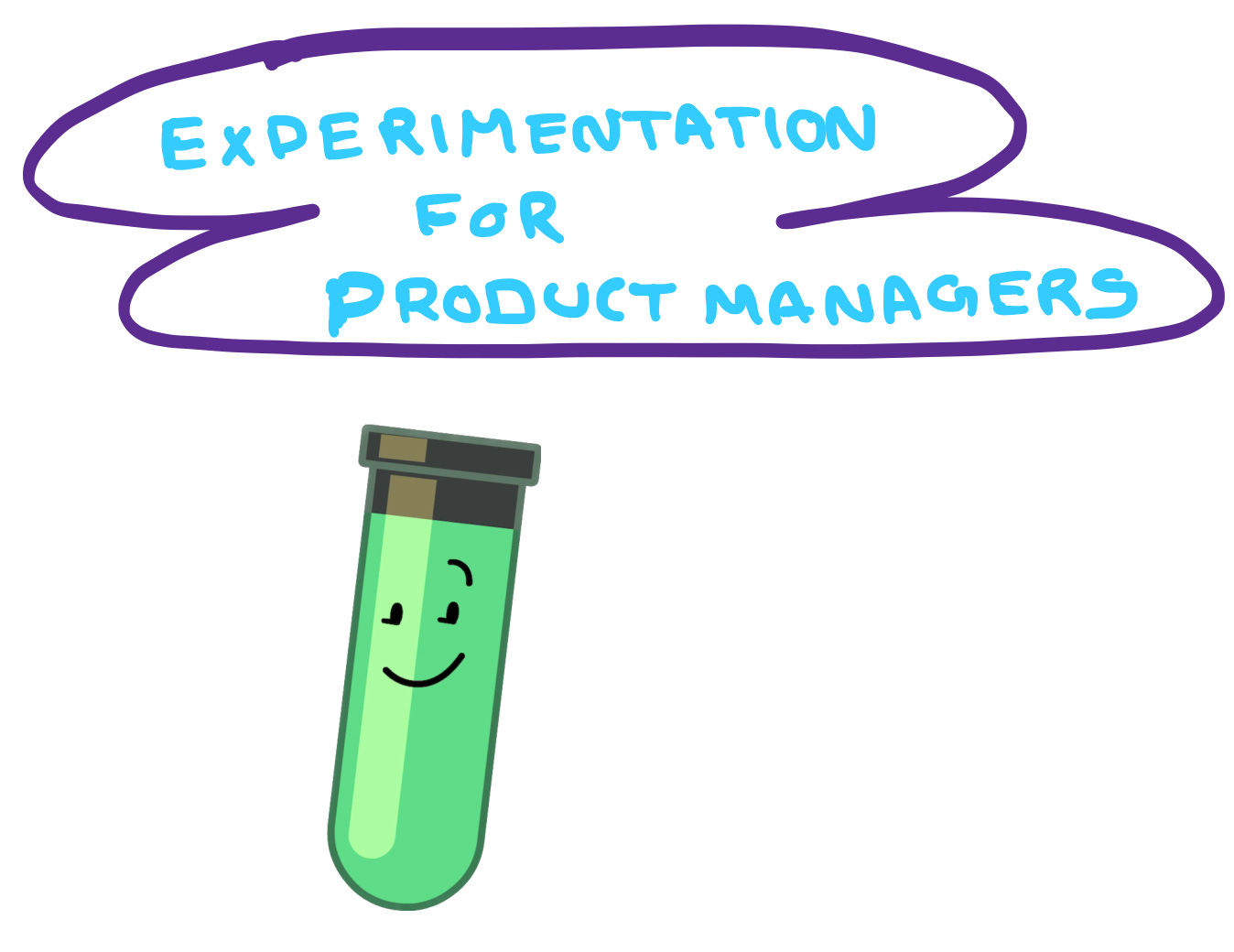Week 26 - 🧪 Learning from Experiments: A Superpower 💥 for Successful Product Management 💪
Quote
“Experimentation is the key to unlocking the potential of a great product, and a great Product Manager knows how to balance calculated risks with data-driven decisions”
Poll
💯 Framework // Concept // Mental Model
🧪 Learning from Experiments: A Superpower 💥 for Successful Product Management 💪
As a product manager, it's important to constantly evalu…
Keep reading with a 7-day free trial
Subscribe to The Product Channel By Sid Saladi to keep reading this post and get 7 days of free access to the full post archives.


